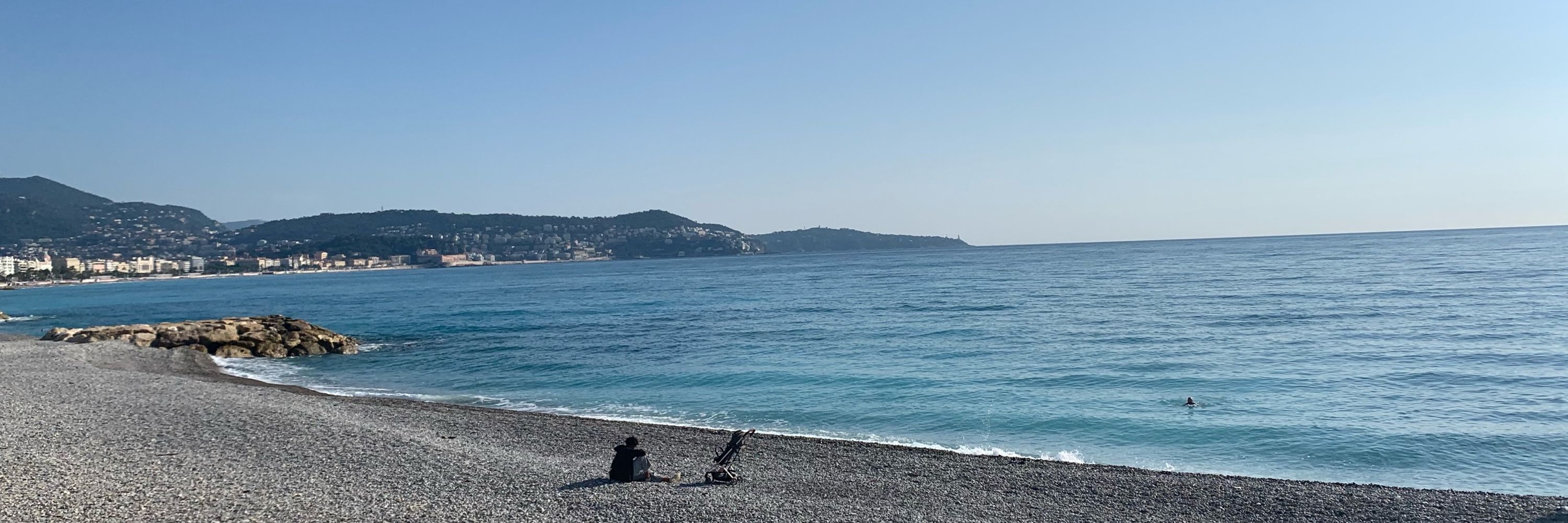Shanika Galaudage
@astronerdika.bsky.social
1.7K followers
210 following
290 posts
🕵️ Investigator of ripples in space-time (astrophysicist)
✨ Postdoc fellow at Northwestern Uni + Adler Planetarium 🇺🇸
linktr.ee/astronerdika | 🇦🇺🇱🇰(she/her)
Posts
Media
Videos
Starter Packs
Reposted by Shanika Galaudage
Reposted by Shanika Galaudage
Reposted by Shanika Galaudage
Reposted by Shanika Galaudage
Reposted by Shanika Galaudage
Reposted by Shanika Galaudage
Reposted by Shanika Galaudage
Reposted by Shanika Galaudage
Reposted by Shanika Galaudage
Reposted by Shanika Galaudage
Reposted by Shanika Galaudage
Reposted by Shanika Galaudage

























